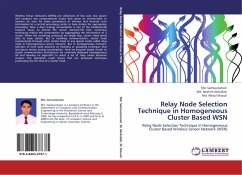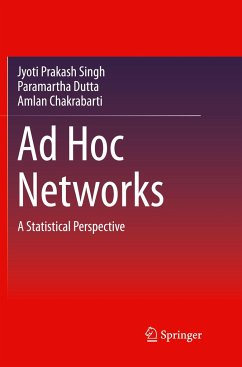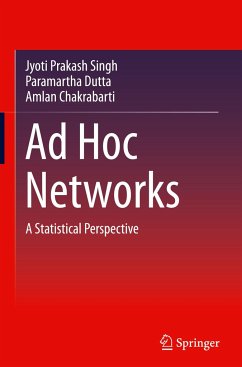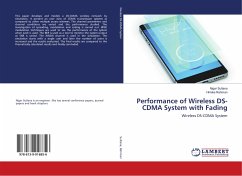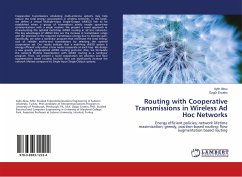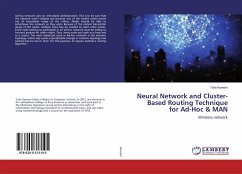
Neural Network and Cluster- Based Routing Technique for Ad-Hoc & MAN
Wireless network
Versandkostenfrei!
Versandfertig in 6-10 Tagen
41,99 €
inkl. MwSt.

PAYBACK Punkte
21 °P sammeln!
Ad-hoc network uses no centralized administration. This is to be sure that the network won't collapse just because one of the mobile nodes moves out of transmitter range of the others. Nodes should be able to enter/leave the network as they wish. Because of the limited transmitter range of the nodes, multiple hops may be needed to reach other nodes. Every node wishing to participate in an ad-hoc network must be willing to forward packets for other nodes. Thus, every node acts both as a host and as a router. The most important issue in Ad-hoc network is the dynamic topology, which may cause unp...
Ad-hoc network uses no centralized administration. This is to be sure that the network won't collapse just because one of the mobile nodes moves out of transmitter range of the others. Nodes should be able to enter/leave the network as they wish. Because of the limited transmitter range of the nodes, multiple hops may be needed to reach other nodes. Every node wishing to participate in an ad-hoc network must be willing to forward packets for other nodes. Thus, every node acts both as a host and as a router. The most important issue in Ad-hoc network is the dynamic topology, which may cause unpredictable change in network topology and packed may be loss or drop. For this purpose, its require optimal a routing algorithm.



